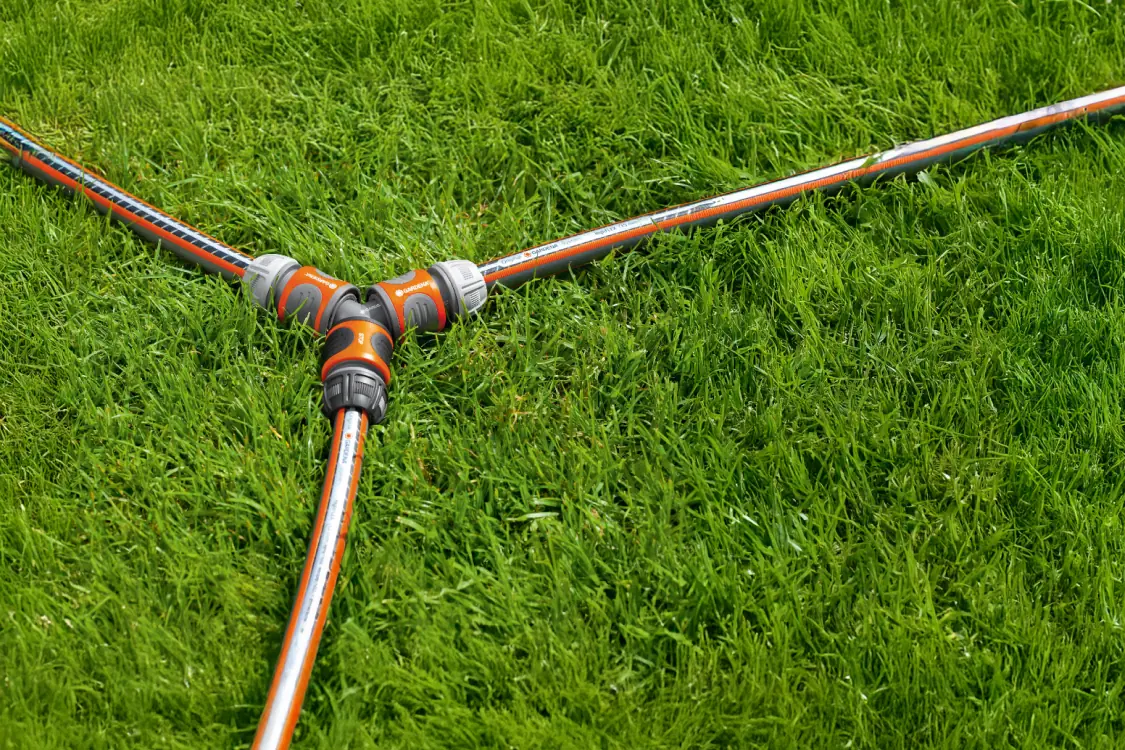
Our target for 2025
Recognising how important immediate climate action is, we at Husqvarna Group aim to reduce the absolute carbon footprint of our value chain by 35% by 2025 already, compared to 2015. This target is approved by the science-based targets initiative and supports the 1.5 °C global warming scenario.
This means:
-
absolute target: decrease our emissions by 35% regardless of company growth.
-
no carbon offsets: we do not account for carbon offsetting in reporting against the target. The target will be achieved by our own reduction activities in the value chain.
Husqvana Group has also committed itself to net-zero emissions by 2050 at the latest.
Doing our fair share to limit global temperature rise to 1.5°C in accordance with the Paris Agreement
Reducing C02 across the value chain
Our 2025 target reflects total CO2 emission reductions across the value chain, from suppliers and operations to transportation and product use. Hence, our target covers not only Scope 1 and Scope 2 emissions but also Scope 3 emissions, as defined by the Greenhouse Gas Protocol.

Vehicles, machines, energy used in boilers/furnaces
Scope 1 emissions are direct emissions occuring from sources that are owned or controlled by the company.We measure emissions from our vehicles, machines, and energy used in boilers/furnaces.
Purchased electricity and district heating
Scope 2 emissions are emissions from the generation of purchased electricity, steam, heat, or cooling. Due to the nature of our operations, our Scope 2 emissions only cover purchased electricity and district heating.
Suppliers, transport and product use
Scope 3 emissions are emissions that a company does not control, but is indirectly responsible for, up and down its value chain, such as emissions from purchased goods and services, transportation, employee commuting etc. We measure emissions resulting from our suppliers, transport and product use.

CO2 emissions in the value chain
-
According to the Group's carbon footprint, our greatest impact occurs during the use of our products.
-
For product use, CO2 emissions are calculated over the products’ projected lifetime.
-
For suppliers, their Scope 1 and 2 emissions data is drawn from CDP supply chain disclosures. In cases where suppliers do not report their CO2 emissions, emissions are extrapolated from CDP data.
-
In transport, we include all transport the Group pays for – through which we have the most significant CO2 impact – and where we have access to data. This spans all air and ocean freight and a share of road and rail transport.

Our target is scienced-based
Our target is validated by the Science-Based Target initiative (SBTi), a key standard for corporate CO2 management and is in line with society’s ambition to limit global temperature rise to 1.5 °C.

Engaging our supply chain
Husqvarna Group has again been recognized as a ‘Supplier Engagement Leader’ by the CDP in 2022, for our efforts to engage suppliers in our climate action.

Unsere Fortschritte: Scope 1 & 2
-
Husqvarna Group hat die CO2-Emissionen aus dem operativen Geschäft zwischen 2015 und 2023 um 81% reduziert, obwohl der Umsatz um 47% gestiegen ist.
-
Die Emissionsreduktionen wurden durch eine effizientere Produktion, den Einsatz von Elektrofahrzeugen und die Verwendung erneuerbarer Energiequellen erreicht.

Unsere Fortschritte: Scope 3
-
Es reicht nicht aus, sich nur mit den Emissionen unserer eigenen Betriebsabläufe zu befassen. Die Hauptquelle unserer Emissionen ist die Nutzung unserer Produkte.
-
Die Husqvarna Group strebt eine führende Position in der Entwicklung von CO2-armen Lösungen an und arbeitet daher an einem systematischen Ansatz zur Elektrifizierung, um dieses Ziel zu erreichen. Die durch die Produktnutzung entstandenen CO2-Emissionen wurden zwischen 2015 und 2023 um 43% reduziert.

-
Da das Handeln unserer Lieferanten nicht unserer direkten Kontrolle unterliegt, ist es auch der herausforderndste Teil unserer Zielsetzung in Bezug auf die CO2-Erfassung. Wir fordern unsere Lieferanten auf, CO2-Emissionen zu messen und an CDP zu melden, Maßnahmen zur Reduzierung der Emissionen zu identifizieren und Reduktionsziele festzulegen. Die CO2-Emissionen der Lieferanten wurden zwischen 2015 und 2023 um 46% reduziert.
-
Die CO2-Emissionen aus dem Transport wurden zwischen 2015 und 2023 um 38% reduziert. Wir arbeiten daran, unser Transportnetzwerk weiter zu optimieren, Ware so zu verpacken, dass sie möglichst effizient transportiert wird, sowie eine verbesserte Planung von Angebot und Nachfrage umzusetzen.
Tschüss, fossil-betriebene Produkte!
Der schrittweise Ausstieg aus allen GARDENA Produkten mit fossilen Brennstoffen hat einen erheblichen Einfluss auf unsere Emissionsreduktionen. Der Ausstieg wird 2024 vollständig abgeschlossen sein, so dass wir uns voll und ganz auf elektrisch betriebene Gartengeräte konzentrieren können.









